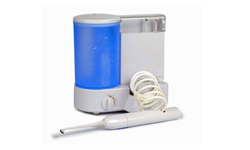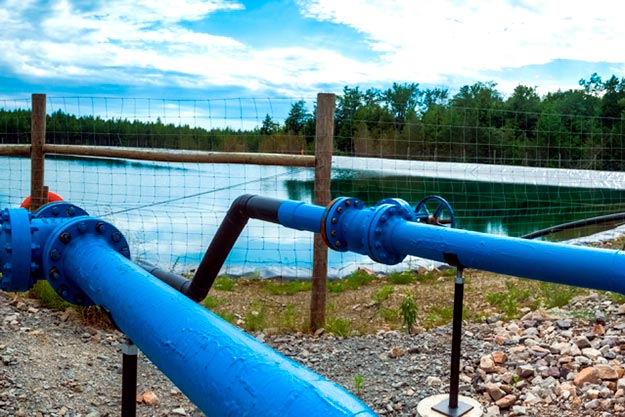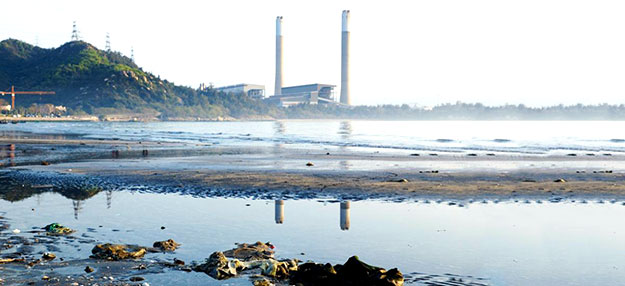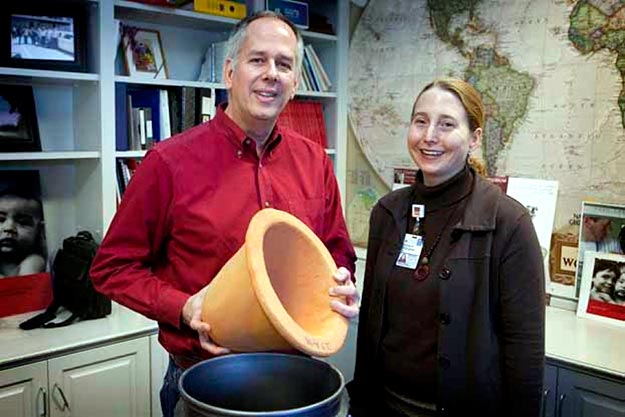Good daily dental care can give you a whiter smile and keep you healthier, too. Your mouth may be the doorway to bacterial infections that can cause any number of problems ranging from gum disease to heart disease, and although the link between dental care and whole body health is ongoing, there are a few things that are a sure bet.
Flossing helps keep plaque growth, gum disease and tooth decay under better control, and using a water flosser is an effective option. Although flossing with water may not be as effective as traditional string flossing in all circumstances, a study conducted by the University of Nebraska in 2005 concluded that it was as effective as brushing in combination with string flossing for the reduction of plaque, gingivitis and bleeding.
Because water flossers are easy and fun to use, kids and adults may be more likely to use them regularly, too, which offers a huge potential benefit over not flossing at all or only flossing occasionally. Read more












